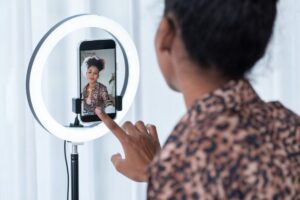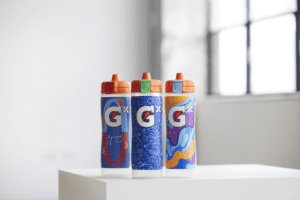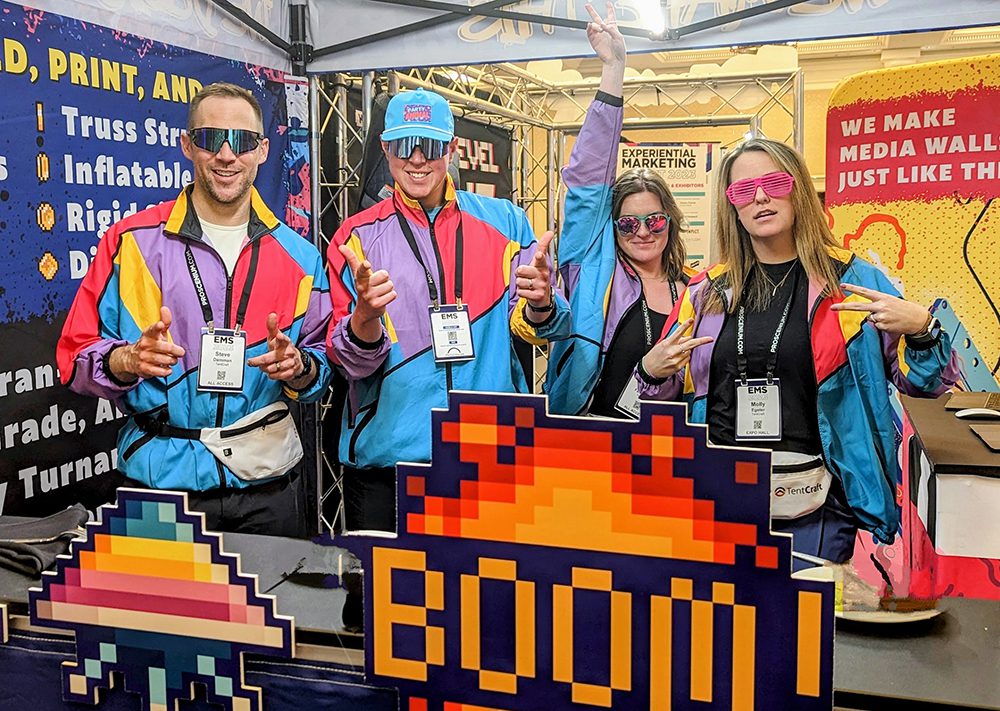 Bigger isn’t always better: To reach your audience, consider microtargeting and microinfluencers.
Bigger isn’t always better: To reach your audience, consider microtargeting and microinfluencers.
When mapped to your strategic and marketing goals, personas can inform your personalization process, says Jill Grozalsky, director of digital strategy at Brainjocks. What matters most depends upon your brand and your customers’ particular needs. For example, if you know ________ about a visitor, you can figure out what content to present to them.
To improve personalization to reach these personas, marketers need to define and prioritize their microsegments, she says. This means grouping customers with similar behaviors and needs, and then documenting the journey for each segment, looking at how their content needs vary.
Remember to listen to the data, because personalization is a two-way street, says Grozalsky. Dive deep into your engagement metrics and respond to customer signals.
“Pick a persona and create a hypothesis. It gives you a great jumping off point,” says Grozalsky, a featured speaker at last week’s Content Marketing Conference in Boston.
Influencers can also help engage audiences, but rather than thinking celebrities, consider micro-influencers, who may have smaller audiences but may have higher engagement with those more intimate groups, says Amisha Gandhi, vice president, influencer marketing, SAP Ariba, SAP, also speaking at CMC.
“Influence and popularity are not the same thing—make sure you’re looking at engagement and not just the number of followers,” says Ghandi, noting SAP has created a network of influencers to connect with its audience throughout their customer journey.
Customers have a higher opinion of content from influencers than brands, says Lee Odden, CEO of Top Rank Marketing, noting in a recent survey from Demand Gen Report, 64 percent of respondents gave a high credence to content from third-party publications, analysts or peers, compared to only seven percent that said the same for brand-generated content.
Content workflow solution DivvyHQ used a different group of influencers for each part of a five-stage influencer marketing program, he says. In each phase, a different asset—such as a research report, a video, guides and strategy to content measurement and an interactive microsite—was promoted by the participating influencers. Downloads and participation beat the benchmark goals thanks to the influencer promotion.
Related Articles:
Special Report: Leveraging the Power of Personalization
Majority of Marketers Use Influencers: Survey



 Network
Network

